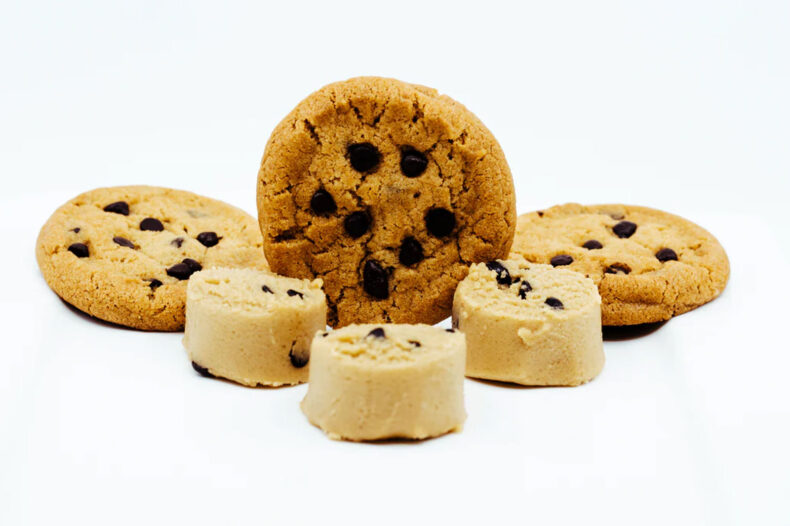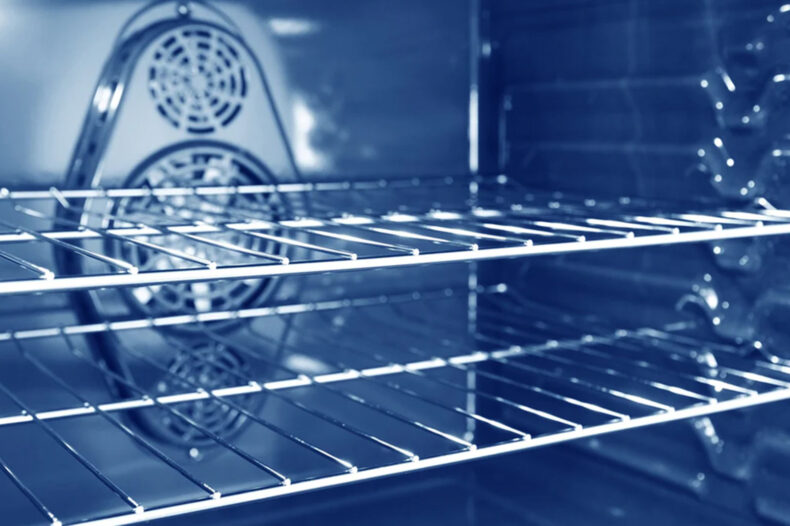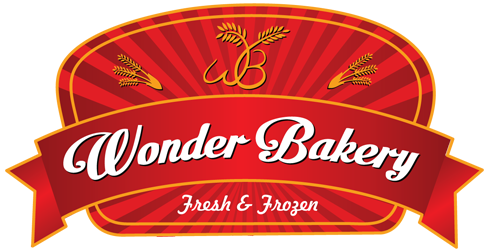Bread-making is an ancient tradition that dates back to prehistoric times. Early humans discovered that by mixing ground grains with water, they could create a dough that could be cooked over a fire. This simple process was the birth of bread-making, and it quickly spread across cultures and continents, with each region developing its own unique techniques and recipes. In this article, we will take a journey through the history of bread-making, from its humble beginnings to the modern technology used today.
During primitive times, they used form of yeast to make bread, which was often mixed with other ingredients such as honey, dates, and herbs. The bread was typically made from emmer wheat, a type of ancient wheat that is still used in some parts of the world today.
As bread-making spread to other civilizations, different techniques and ingredients were developed. The ancient Greeks and Romans made bread using a variety of grains, including barley and spelt. They also developed the concept of leavened bread, which used natural yeast to make the dough rise. This was a significant development in bread-making as it allowed for a lighter and airier bread.
During the Middle Ages, bread-making was a highly skilled profession and was often the responsibility of monasteries and nunneries. These institutions were known for their high-quality breads, which were often made with a variety of grains and flavored with herbs and spices. The use of a sourdough starter also became popular during this time, which allowed for a more consistent fermentation process.
As bread-making continued to evolve, new technology was developed to make the process more efficient. In the 18th century, the invention of the steam-powered roller mill allowed for the mass production of flour. This revolutionized bread-making as it made flour more accessible and affordable for the general population. In the 19th century, the industrial revolution brought new machinery and techniques that further improved the efficiency of bread-making.
Nowadays, bread-making technology has advanced even further. The use of high-speed mixers and automated shaping machines allows for mass production of bread on a large scale. Many factories use pre-mixed dough and frozen dough that can be stored for a long time. With the help of these technologies, bread can be produced at a much faster pace, with a more consistent quality, and in a more cost-effective way. However, the use of preservatives, additives, and artificial flavorings in the mass-produced breads, is a concern for many.
On the other hand, artisan bread-making, which is a traditional method of bread-making, is making a comeback. Artisan breads are made using natural ingredients such as flour, water, yeast, and salt. They are typically made by hand and often fermented for longer periods of time, which results in a unique flavor and texture. Artisan bread-making is a craft that requires skill, patience, and a deep understanding of the fermentation process.
In conclusion, bread-making has come a long way since its humble beginnings. From the ancient civilizations to the modern-day factories, the process of bread-making has evolved to become more efficient and cost-effective.
However, despite the advancements in technology, the traditional methods of artisan bread-making are still highly valued and appreciated. The use of natural ingredients and traditional techniques results in a unique flavour and texture that cannot be replicated by mass-produced breads. The history of bread-making is rich and varied, and it is a tradition that continues to be honored today.




